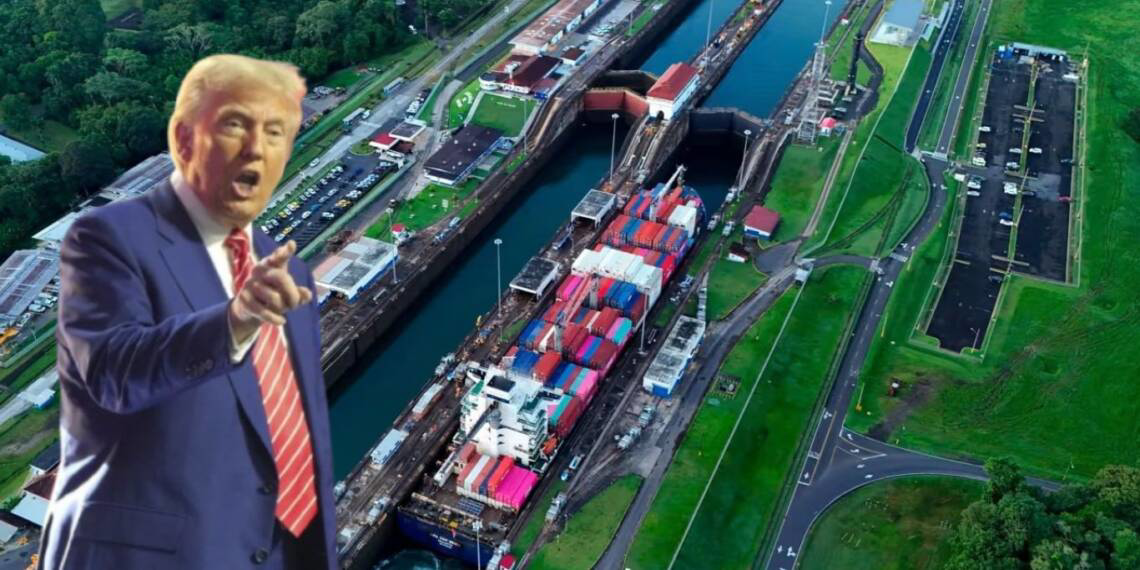South Sudan: Recurrence of civil war
South Sudan gained its official independence in 2011 as part of a US-backed deal which was signed in Nairobi in 2005 after decades of war.
But in late 2013, violence erupted due to a conflict between its President Salva Kiir and his deputy Riek Machar, who had aspirations to become president.
When the secession took place, there were lots of hopes pinned on the world’s newest nation to become prosperous. Businesses were just beginning to flourish.
But South Sudan derived most of its revenues from oil sales. Some 98% of its budget was derived from oil. When the world oil prices plummeted, so did South Sudan’s economy.
Furthermore, the oil fields, which were located in the highly contested border area between Sudan and South Sudan, became a source of tension between the two.
The US also had a hand in the deterioration of situation in South Sudan. It is the result of yet another Washington intervention in a foreign country, which is destruction, violence, chaos and the victimization of the people.
Washington was interested in weakening the Republic in Sudan and encouraged South Sudan to break away. Its main interest was oil. By targeting the country for its oil, it also undermined China’s influence in the country.
Watch the full version of this episode of the program here:
Gaza ceasefire agreement ‘biggest defeat’ for Israel: Gen. Qa’ani
Iran’s digital economy wonders in face of sanctions
US warplanes target north of Yemen’s capital in fresh aggression
Rights group files war crimes case in Spain against Israeli soldier
VIDEO | Huge drop in mass protests against Trump’s 2nd inauguration
Gaza ceasefire agreement begins
Killing the truth: Journalists who exposed genocide in Gaza and paid with their lives
VIDEO | Gaza ceasefire takes effect after Israel launches deadly strikes on Gaza









 This makes it easy to access the Press TV website
This makes it easy to access the Press TV website